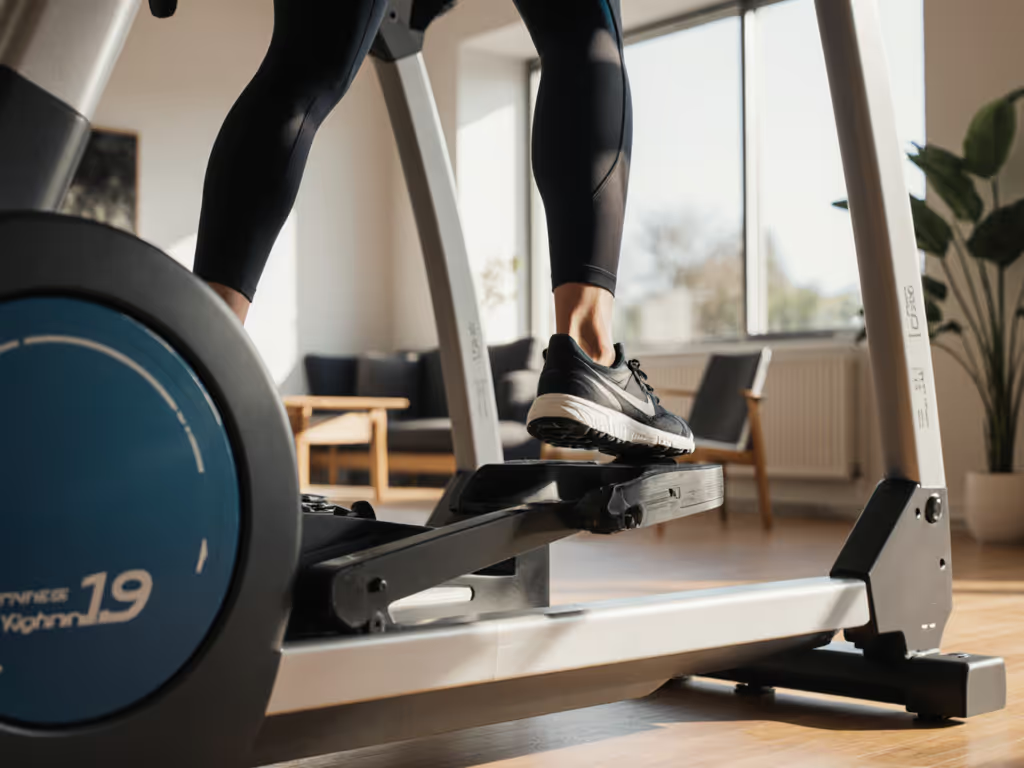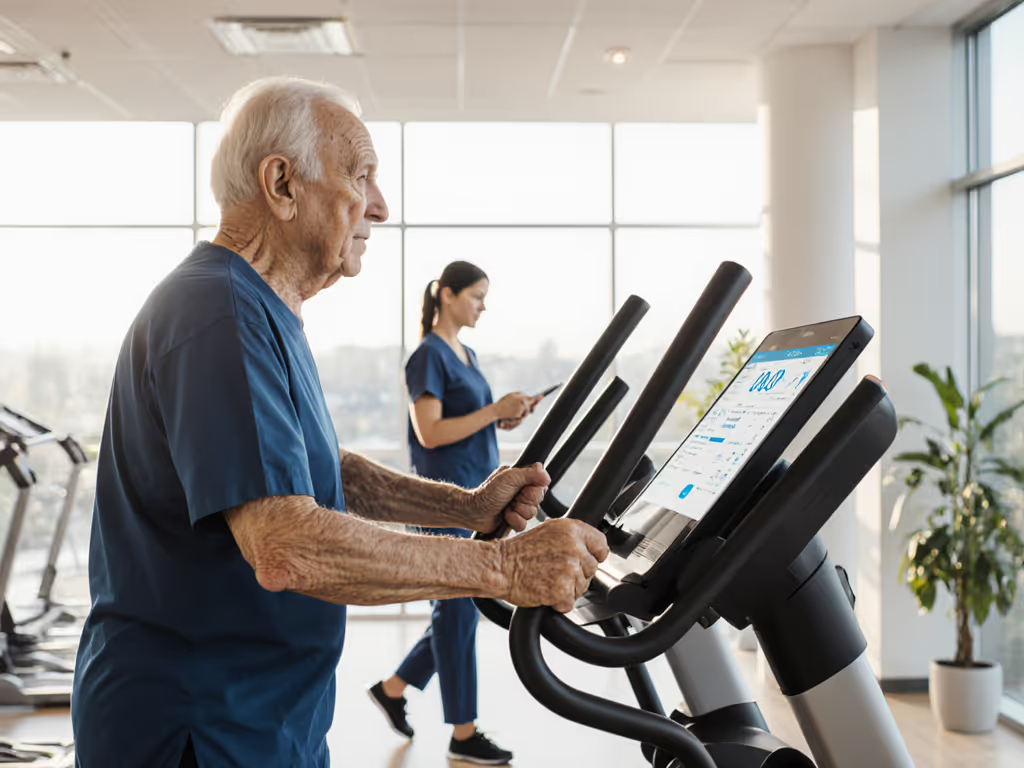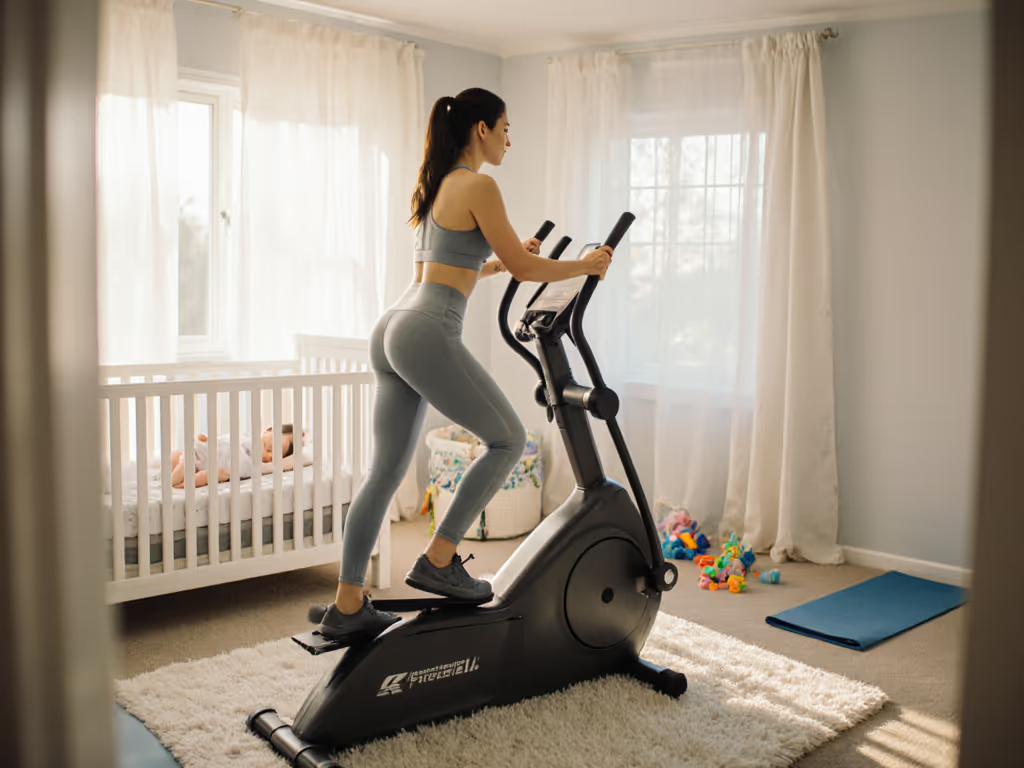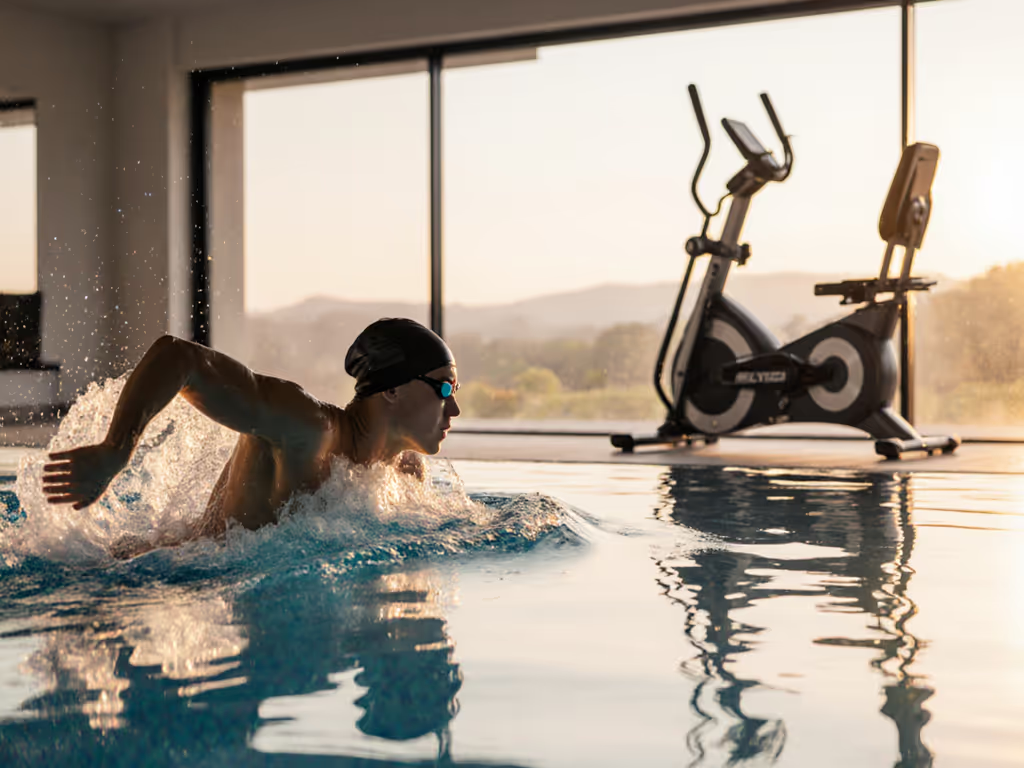
Elliptical for Amputees: Prosthetic-Friendly Stride Confidence
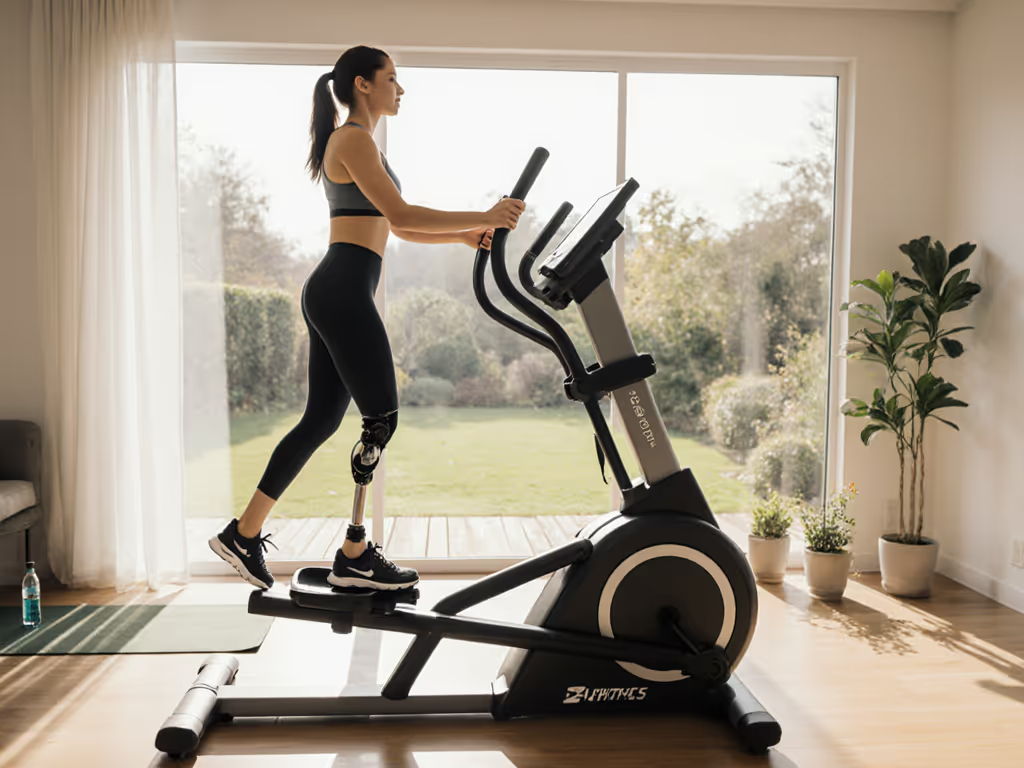
When exploring elliptical for amputees, the non-negotiable truth is simple: your machine should adapt to your stride, not the other way around. Prosthetic-friendly elliptical training isn't about retrofitting limbs; it's about equipment that respects biomechanics while prioritizing data portability. Open data equals freedom; closed ecosystems limit your progress. Learn how open standards like BLE FTMS enable seamless elliptical connectivity across apps and devices. I've seen too many sessions derailed by systems that lock cadence or heart rate behind paywalls, turning recovery into frustration. Let's fix that.
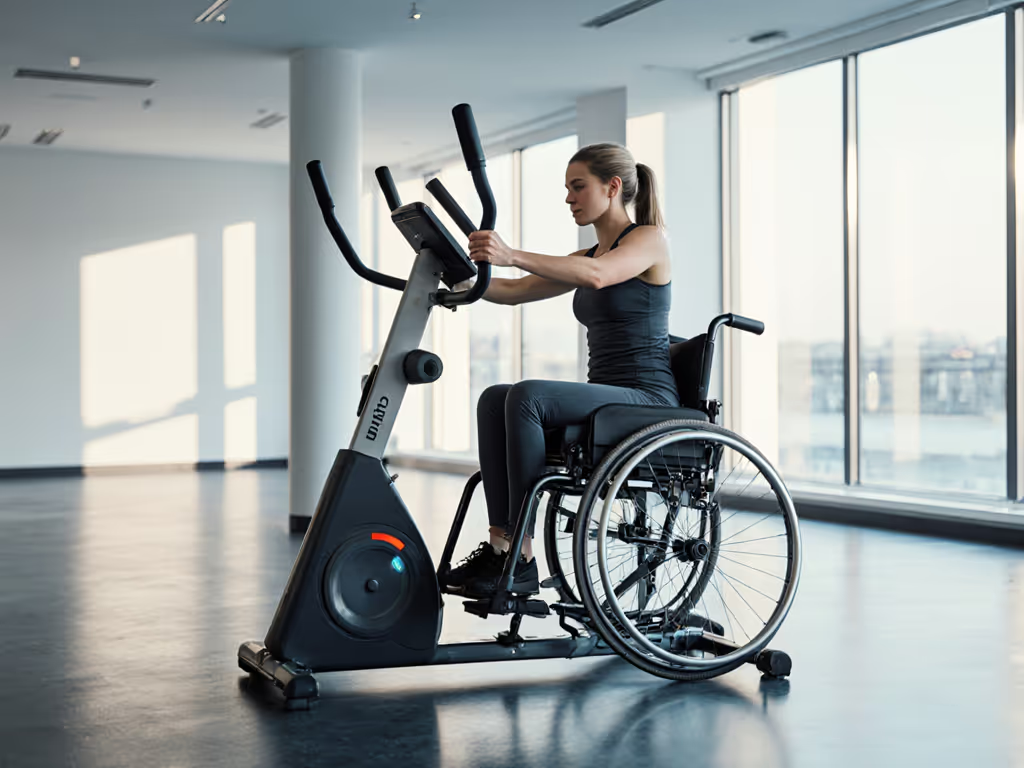
Why standard ellipticals often fail amputees
Most commercial machines assume bilateral symmetry, a dealbreaker when your center of gravity shifts with each stride. Standard foot platforms create precarious balance points, while rigid handlebars offer zero stability for prosthetic socket compatibility. Worse, many consoles still hide critical metrics like step count or resistance behind subscriptions, forcing you to guess your effort. If your data doesn't travel freely to your watch or preferred app? That's not convenience, it's captivity.
Train smarter, not noisier
Essential modifications for lower limb amputee cardio
Safety first: Stability anchors matter more than specs
Forget flywheel weight debates. Prioritize confirmed structural tweaks:
- Side rails or center handles (tested with repeatable intervals): Must extend from the console, not dangle loosely. Wrap them in padded tape for grip. Steel brackets prevent wobble during push-off phases.
- Deeper foot wells: Critical for securing prosthetic feet. Look for 3+ inch depth to prevent lateral sliding. Call out data drift here: if your device claims "stable platform" but sensors glitch during lateral weight shifts, it's worthless.
- Seated transition points: Benches wrapped in vinyl let users slide on/off without stepping onto moving pedals. Pro tip: If you can't mount unassisted, the machine fails your stride confidence test.
Stride adaptability = trust
The myth that "shorter strides suit amputees" ignores socket mechanics. What matters is adjustable motion range: For muscle targeting details, see our forward vs backward elliptical guide.
- Variable stride paths (like Precor's AMT line) let you shorten strides without compromising pedal stability
- Backward/forward motion activates different muscle groups, vital for residual limb conditioning
- Zero-lock resistance prevents pedal drift when mounting/dismounting (a frequent pain point in standard models)
Can compact ellipticals work for seated rehab?
Yes, if engineered for your needs. Compact elliptical units shine when:
- They offer full 360-degree seat rotation (locking every 45° for easy transfers)
- Pedal tension adjusts independently from console displays
- Magnetic resistance ensures smooth motion without jerking (critical for socket integrity)
Red flags to ignore: Brands touting "senior-friendly" modes that auto-limit resistance. Real accessibility means your control, not presets that infantilize your effort. Seat-centric models (like under-desk units) often excel here, letting you focus on rhythm before adding upright balance. But test connectivity: does it broadcast cadence via BLE FTMS so your watch tracks effort? List supported protocols plainly, no vague "app compatible" claims.
Why data integrity impacts recovery
Picture this: You nail a 20-minute interval session, only to find heart rate data missing because the console demanded a subscription. That's not just inconvenient; it's dangerous for cardiac rehab. Lower limb amputee cardio requires precise effort tracking to avoid overloading residual limbs. To minimize errors, compare elliptical heart rate accuracy across sensors and models. Your metrics must:
- Sync to your ecosystem (Strava, Apple Health, etc.) without fees
- Record cadence/resistance independently of app login
- Flag inconsistencies (e.g., "data drift" between pedal sensors)
I once lost a week of intervals to a console that hid exports behind a subscription. Switching to open-protocol machines fixed it instantly: heart rate, cadence, and resistance synced to my watch without drama. Accuracy isn't optional; it's the foundation of progress.
Building stride confidence: Three actionable steps
-
Test stability before buying:
Stand beside the machine (no power needed). Shift weight onto your prosthetic side while gripping rails. Does the frame wobble? If yes, walk away; no amount of software fixes poor engineering. -
Verify data portability:
Pair it with your phone in the store. Confirm it broadcasts standard BLE FTMS signals, not just brand-specific apps. If the rep can't demonstrate this, assume data captivity. -
Demand modification transparency:
Ask: "What physical changes has this model undergone for amputee users?" Vague answers like "ergonomic design" get rejected. Insist on specifics: rail height, foot well depth, transition aids.
The real win isn't the workout, it's the freedom
True elliptical modifications for amputees remove guesswork. They let you trust your stride because the machine respects your body's asymmetry and your right to own your data. Whether you're using seated units or adaptive striders, prioritize open standards over shiny apps. Train sessions should feel like conversations with your body, not negotiations with a paywall.
Further Exploration
- Consult the Journal of Rehabilitation Research & Development for peer-reviewed studies on elliptical adaptations
- Reach out to adaptive sports nonprofits like Disabled Sports USA for facility trials
- Test machines at physical therapy clinics, they often have modified units for public use
Train smarter, not noisier: Your progress deserves equipment that moves with you, not against you.


